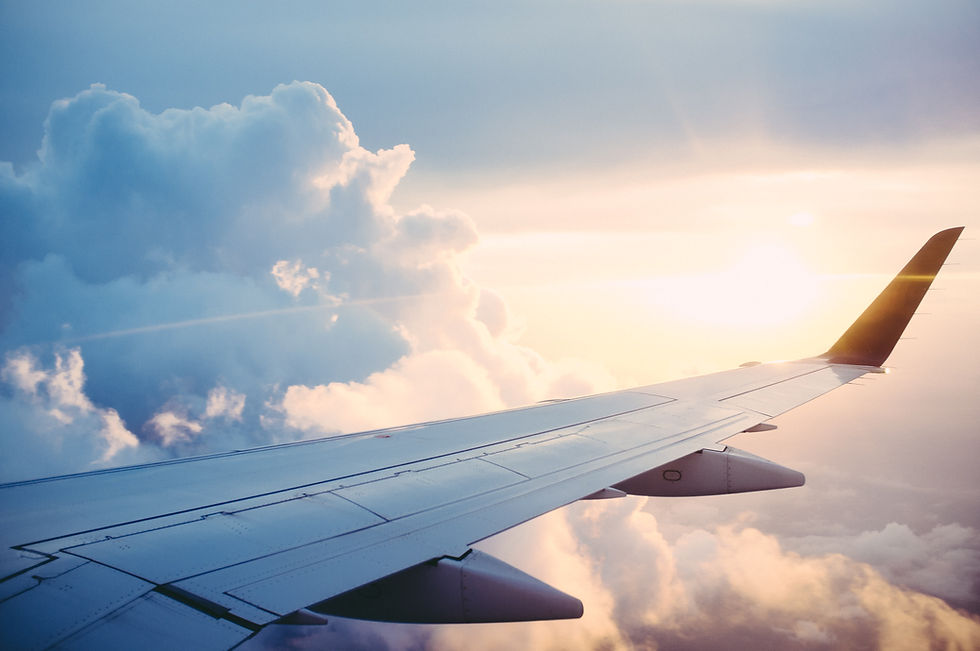New Balance, Rolls Royce love olfactory
- ECO.FRENCH.LAB

- Sep 24, 2022
- 3 min read
Sensory marketing, which aims to engage the senses to create sensory experiences through sight, hearing, touch, taste and scent marketing, is becoming increasingly important in how brands connect with their customers. . Do you remember the smell of new clothes, the smell of your grandmother's cooking, the smell of summer, the sea, the smell of freshly cut grass on the weekend? -end? These are just a few examples of perfumes, smells, scents that recall moments that you have in your memory.
Scent marketing uses the sense of smell as a new communication channel, much more powerful than sight or hearing, to arouse emotions and feelings.
Examples of scent marketing For years, several brands have already applied scent marketing in their strategies. What needs to be taken into account is that using aromas goes beyond choosing a simple pleasant scent. It's about choosing the perfect fragrance that will be associated with your brand. This smell must convey the values of the company. That's why the first thing to do is to determine what you want to convey with this smell. Here are some examples of how to carry out scent marketing strategies:
1- New Balance

Olfactory diffusion fills the air with a scent to influence the consumer's experience in the space of a brand, a company... In other words, it adds to the experience of purchase of a user in a place. In 2009, New Balance created notes of wood and leather to convey heritage and craftsmanship by mimicking the scent of a shoe store for its new Beijing store.
Today, it may not be enough to present or provide your products or services in a simple visual context. It could be something too flat and conventional. A complete user experience is sought by adding the senses to marketing. The brand must connect and interact with the five senses of customers to establish long-term loyalty.
2- Disney and its pop-corn Disney has been using scent marketing for over 15 years at its theme parks. They first gave the show a twist by adding gunpowder or rubber scents. Later, they filled the streets of their parks with the smell of popcorn to whet the appetite of visitors.
This technique is now used in most cinemas. When you walk into one, the smell of popcorn fills the room and prompts you to buy a box.
3- Singapour Airlines

Singapore Airlines was one of the first airlines to develop a personalized in-flight spray perfume. The floral, lemony scent proved so popular that the airline gave it a name: Stefan Floridian Waters.
Additionally, Singapore Airlines and other airlines intend to use colony scents to reduce anxiety and improve the in-flight customer experience.
4- Rolls Royce

Luxury car brand Rolls Royce uses a perfume that smells of leather and wood when a customer brings their car to the workshop. In this way, the customer has the feeling of having a new car. This strategy is followed today by a large number of car dealerships and workshops.
6- Starbucks
The smell of Starbucks coffees is a very easy smell to identify. They try to maintain that traditional pastry smell, the smell of coffee and buttery buns so that the experience with the brand is relaxed, associated with a moment of tranquility. He seeks to create a calm and pleasant environment.
7- Donuts Dunkin
At Dunkin Donuts, they managed to increase visits by 16% and coffee consumption by 29% at one of their stores after a flavouring experiment in which they sprayed coffee flavouring at bus stops leading to their stores.
Create the perfect fragrance for your brand Eco.French.Lab is dedicated to creating corporate fragrances. We create fragrances for large companies; a personalised perfume allows you to convey a message and awaken positive emotions in your customers.
Linking the brand to the perfume reinforces the message that a brand wants to convey. Fragrances must be personal and personalised for each project. A corporate fragrance strengthens the brand, positions it in the market and allows a company to differentiate itself from the competition.
Anne-Marie Spencer








Comments